Understanding your financial data
Let’s begin with the balance sheet. Below are examples of how understanding your financial position can assist in the operation of your business:
1. Understanding your overall financial position.
a. This has to do with working capital, assets versus liabilities, earnings that are being retained by the company, your leverage. Are you fully capitalized?
b. Understanding your cash balance at all times is critical. Your cash is the heartbeat of your company. Reviewing a cash flow analysis, at least monthly, is critical to identify where money is being spent and if it's beneficial.
c. The accounts receivable balance represents future cash flow. It is a must to review your accounts receivable aging and gain an understanding of slow pay and delinquent accounts.
i. Building processes and procedures around the collection process are critical to where adequate capital is available to sustain your operations.
ii. If you don't get paid, that is worse than actually making a sale, because you have costs tied into that balance that creates a loss on your income statement.
d. Forecasting Inventory is critical.
i. Companies tend to accumulate excess inventory, which becomes slow moving.
ii. You also need to look at obsolescence on a timely basis and determine if you could have a bulk sale to remove slow-moving inventory.
iii. You are taking up valuable space in your warehouse, plus you are carrying something that may never sell.
iv. With this, if you are in the construction business, or in any kind of industry where there are long-term projects you must understand the proper capitalization of costs and deferral of income. Comparing revenues and expenses during the correct accounting period is the only way that you will truly understand economic reality.
e. In the liability session, you need to understand how much you actually owe your vendors and your debt capacity.
i. This means understanding accounts payable which are largely vendor invoices that need to be entered into the system promptly.
ii. Therefore, you should be able to match revenues and expenses in the same financial period, which is typically a month.
f. Understanding if you are over or underleveraged is critical.
i. Are you properly capitalized as a business?
ii. Debt capital is the cheapest capital that you can receive, therefore, increasing your line of credit over proper intervals is very important to sustaining your business.
iii. There could be a downturn in which you need to utilize the line.
2. Understanding your income statement that defines the results of operations and sustainability of your net income.
a. Where are your revenues coming from?
b. It is important to have business segments laid out in your income statement. In QuickBooks, they are called classes.
c. How does your gross profit compare with industry standards?
i. There is numerous data basis that could be utilized to compare these statistics.
ii. You should understand your industry and set proper expectations.
d. Understanding concentration of credit risk is important to mitigating risk. This is having a few large customers that make up a generous percentage of your total revenues.
e. Are your human capital needs adequate to substance net income or are you over employed?
i. Typically this computation would be looked at on a common sized basis, which means wages and salaries as a percentage of that revenue.
1. You can then compare numerous accounting periods to determine if you are in line with industry standards.
f. Operating expenses, are you overspending in certain areas?
i. This computation can also be determined using a common size analysis, where you make comparisons over several accounting periods.
g. Other operating expenses.
i. Are you underspending in advertising?
1. This can be a very significant analysis for your business.
2. If you largely use the Internet, researching Google analytics is critical.
3. Your advertising can be established through SEO, Google Clicks or Google AD words.
4. If you can measure and monitor what you're spending and how it is increasing revenues, stepping up and increasing the marketing budget can advance your revenue stream.
ii. Should you purchase a building versus paying excessive rent?
h. Common size analysis.
i. Typically a preferred way to analyze operating expenses is by using a common size analysis. Computing each operating expense as a percentage of net revenues.
1. You can gain an understanding of real expense growth and how it will impact net income.
i. Non-financial reports can then be generated from your income statement, balance sheet, and general ledger.
i. These are typically generated from downloading information from QuickBooks to Excel.
ii. This would be considered drilling down into your financial data.
iii. Areas that you can detect as underutilization of work capacity, individual employee effectiveness, and actual production for defined periods, cash flow issues, sustainability of your working capital, and sustainability of your earnings.
Your numbers can help you make decisions and be well informed of your business performance under various circumstances. These decisions can range from hiring personnel, shifting your revenue growth, pivoting to new business opportunities, and controlling expenses.
I hope this blog has helped you understand the importance of understanding your financial data.
